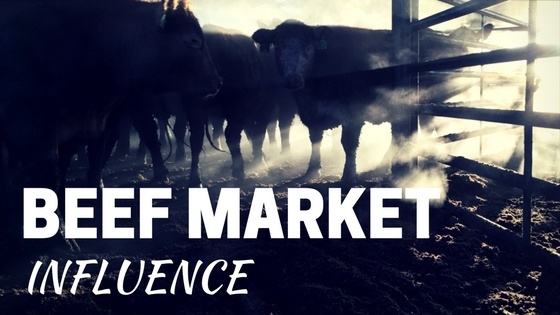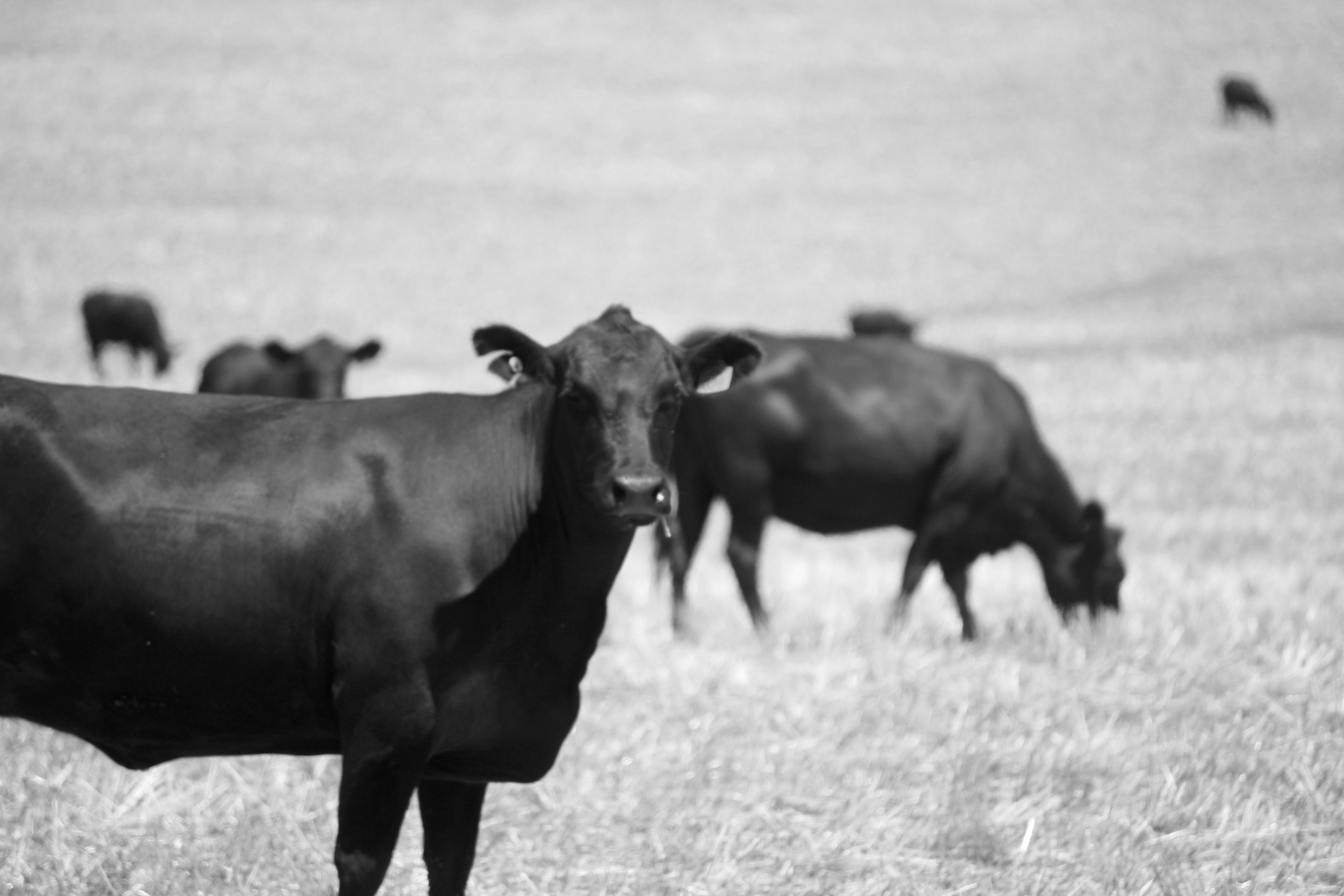
Prices rise and fall with the market, but what exactly is it that influences the market? Certainly, supply and demand is a large factor, with consumers influencing demanding with their hip pocket.
International market's can also have a large impact on the Australian beef industry. Particularly because Australia exports a large portion of its beef overseas (MLA). A major influence in the international market is the US dollar, along with global political, technological and economic influences.
International Demand:
According to a report prepared by Meat and Livestock Australia (MLA), Australia exported 74% of the 2.34 million tonnes of beef and veal produced (ABS) to 84 different countries (DA, ABS). We also exported an estimated 1.2 million head of cattle.
(Reproduced courtesy of Meat & Livestock Australia Limited - www.mla.com.au)
International demand, market trends and importing conditions will have an impact on what Australian beef market does. For example, most countries have their own importing conditions that Australian producers must adhere to if they wish to supply that market.
These conditions could include packaging and labelling requirements, feeding and lifetime traceability requirements, quarantine standards as well as many others. The Australian beef industry is among the most efficient and adaptable in the world, which is one reason why we can supply so many markets.
Supply and Demand:
Australian consumers can influence market trends with their hip pocket, as can international markets. Fluctuations in demand and consumer trends may impact the market slightly in terms of the volume of beef produced or marketed locally.
Trends, such as a preference for grain fed over grass fed, or a favourability for a particular breed may have a longer-term impact on how beef is produced. At the end of the day, the customer is demanding a product from the producer and processors, and where there is a strong market demand, the producer will supply.

The price consumers are willing to pay for a product will impact the entire supply chain. If the cost of production exceeds the price that consumers are willing to pay, then the producer will not be able to sell their product. Therefore, the producer and processors will need to re-evaluate its approach in the market place.
The US dollar:
The Australian beef industry can at times follow similar market trends to the US. These US market trends can be used as an approximate projection to estimate what the Australian market might do in the future.
The strength of the Australian dollar is affected by many influences, such as global market trends, export commodity price movements, the global outlook, major events, significant political stands or changes, and importantly the fluctuation of the Australian dollar (AUD) relative to the US dollar.
The beef industry, like most other industries, will feel the effect of the fluctuations in the strength of the Australian dollar.
Political and Economic:
Changes in Australian political policies can have an immediate, and sometimes far-reaching effect on Australian industries.
Things like free trade agreements, government relationships, tariffs, changes in legislation, new procedures as well as others may impact the beef market and the overall cost of production.

